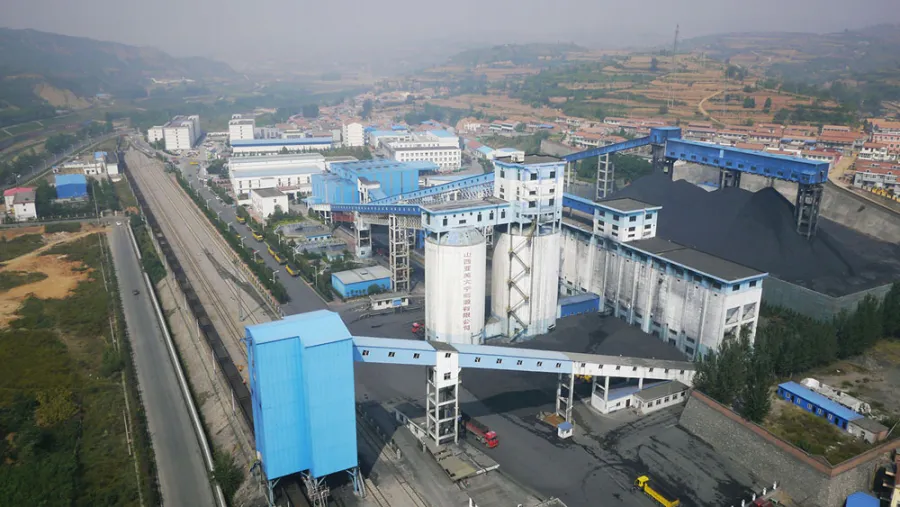
CR Power to sell stakes in 90% of its coal producers
It will sell 3 firms under CR Coal and a 51% stake in CR Daning.
CR Power will sell its 51% stake in CR Daning to its parent, China Resources (Holdings) Company Limited (CRH) and transfer its whole interest in the three coal companies under CR Coal (CR Liansheng, CR Shanxi, and CR Taiyuan) to Guoyuan Shidai Coal Asset Management Company Limited (Guoyuan company).
The consideration of the sale of CR Liansheng, CR Shanxi, and CR Taiyuan to Guoyuan Company is at RMB1. The consideration of selling 51% shares of CR Daning to CRH is still subject to the completion of the valuation by an independent third party appraisal institution. These account for 90% CR Power's coal production volumes.
CR Power said it intends to use the proceeds from the proposed sale and the repayment of the shareholder loans as general working capital and to repay bank loans. CR Power says it is eyeing to receive repayment proceeds relating to the RMB11b in shareholder loans it provided to CR Liansheng, CR Shanxi, and CR Taiyuan.
The first tranche of repayments amounting to RMB6b will be shouldered by Guoyuan Company once the transfer of management rights have been completed.
The planned sale comes amid CR Power's realignment as a low carbon, clean and efficient integrated energy company, Moody’s Investors Service noted.
“It will allow CR Power to optimise its resources more effectively on its main businesses and capital structure. CR Power's coal businesses accounted for around 7.6% and 16.2% of its total revenue and segment profit, respectively, in first six months of 2018 and 15.5% of the total assets at the end of 2017,” added Moody’s assistant vice president and analyst Ralph Ng.
The analyst added that the planned sale will be beneficial to CR Power, citing the volatility of the coal power sector. "They will reduce its overall business risk, given the higher risk inherent in the coal mining segment because of its cyclicality and volatility, compared to the company's core regulated power generation segment," he said.
Moody's noted that CR Power had some key non-cash impairment charges on its subsidiary coal mines in 2014 and 2015 because of the fall in coal prices. The company also faces additional costs and construction time to meet tightened safety and environmental standards as well as an impairment provision of HK$147m due to the closure of certain coal mines.



















 Advertise
Advertise







